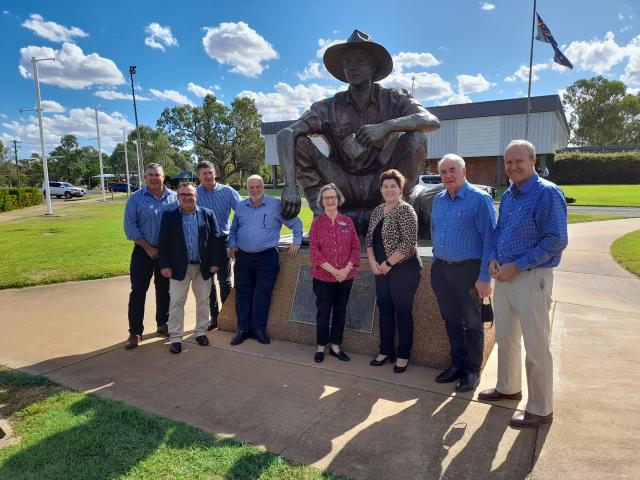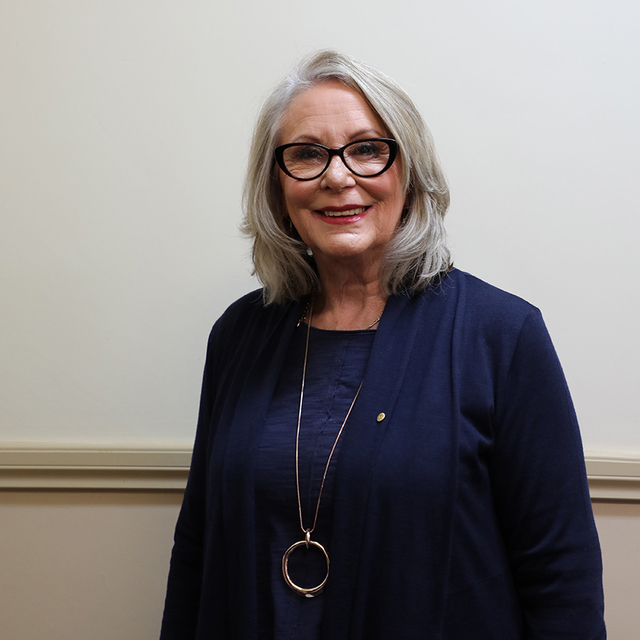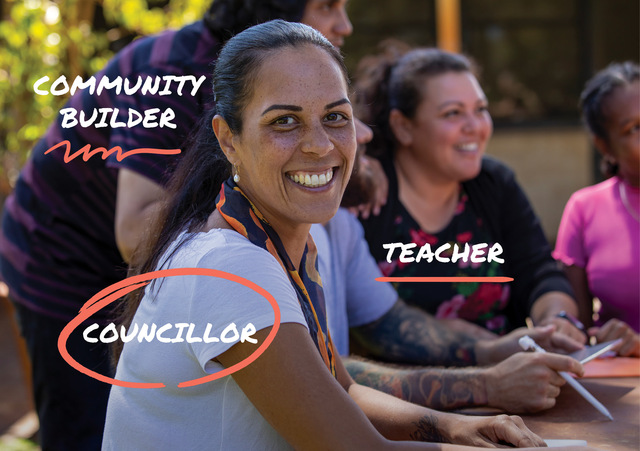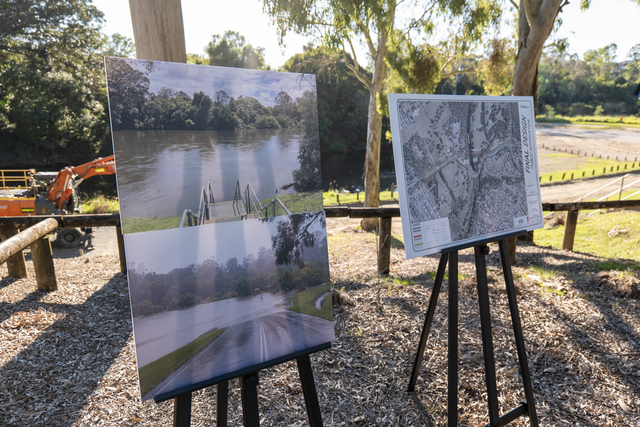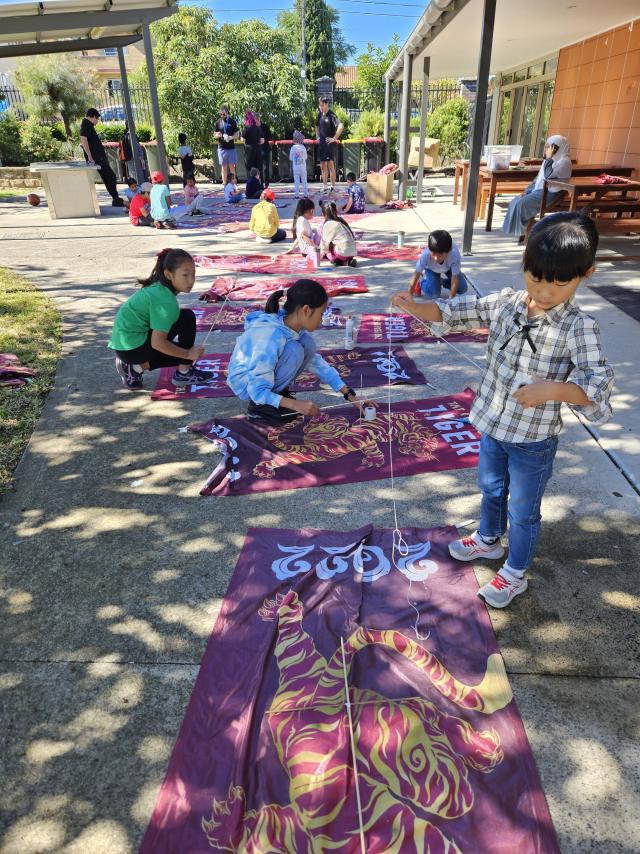The 10-member Darling Downs and South West Queensland (DDSWQ) Council of Mayors has agreed to proceed with a CSIRO freight analysis study which is designed to offer councils data to better inform funding applications for road infrastructure upgrades.
DDSWQ Council of Mayors chair and Toowoomba Region Mayor Cr Paul Antonio said the CSIRO proposal would provide an evidence-based analysis approach which was likely to result in greater funding success for vital road infrastructure upgrades.
“Highlighting the most important roads to consider for funding, based on freight data, will ensure local authorities and the state government avoid duplication and work collaboratively to plan upgrades for key freight routes,” Mayor Antonio said after the Cunnamulla meeting. (25 March)
“The councils agreed to proceed with a review of the freight routes, which is a step forward.
“The Mayors were pleased to hear about progress on the Ernst and Young stage three feasibility report into prospective capacity upgrades to the Western and West Moreton rail lines that feed into the planned Melbourne to Brisbane Inland Rail route.
“Consultation with the major interest groups (cattle/beef, cotton, grains and coal) about their likely use of the upgraded rail lines has been completed.
“While the beef sector indicated there could be some limits on their freight plans on rail, the other sectors were most positive about the effects of the rail line upgrades for their transport operations.
“The next steps involve finalising costings with Queensland Rail before the federal government’s consideration of any business case. The DDSWQ Mayors appreciate the federal government’s funding for the assessment.”
Mayor Antonio said strategies would be developed to address housing shortages across the council areas.
“Economic development officers from the 10 councils are working with Regional Development Australia and the Department of State Development to tackle the shortage in suitable accommodation,” he said.
Mayor Antonio said ongoing discussions with the Department of Agriculture and Fisheries and the University of Southern Queensland would devise ways to increase resources for primary producers to access more soil conservation planning.
Mayor Antonio said the meeting also heard an update on moves to establish a Designated Area Migration Agreement to streamline visa applications for skilled migrants to assist key industries across the region.
“There are various skill gaps across the local authorities, and this process, which mirrors a similar scheme that is operating successfully at Cairns, is one way to match workers to the areas in greatest need,” he said.
Representatives from Queensland Government departments, AgForce, the Queensland Farmers’ Federation, Toowoomba and Surat Basin Enterprise, the Australian Rail Track Corporation, NBN Co, the Murray Darling Association, the University of Southern Queensland, Southern Queensland Country Tourism and the Local Government Association of Queensland also delivered presentations.
Mayor Antonio said all participants were very appreciative of the hospitality provided by the Cunnamulla hosts.
“Our tour and presentation by the Indigenous leaders, in particular their work around men’s health, was most inspiring.”
The Council of Mayors (DDSWQ) represents the communities of the Bulloo, Quilpie, Paroo, Murweh, Maranoa, Balonne, Western Downs, Goondiwindi, Southern Downs and Toowoomba regions and shires, covering an area the size of Sweden.
The group represents one quarter of Queensland’s land area and carries around 25 per cent of its cattle stock and produces 75 per cent of its grain and pulse crops.

